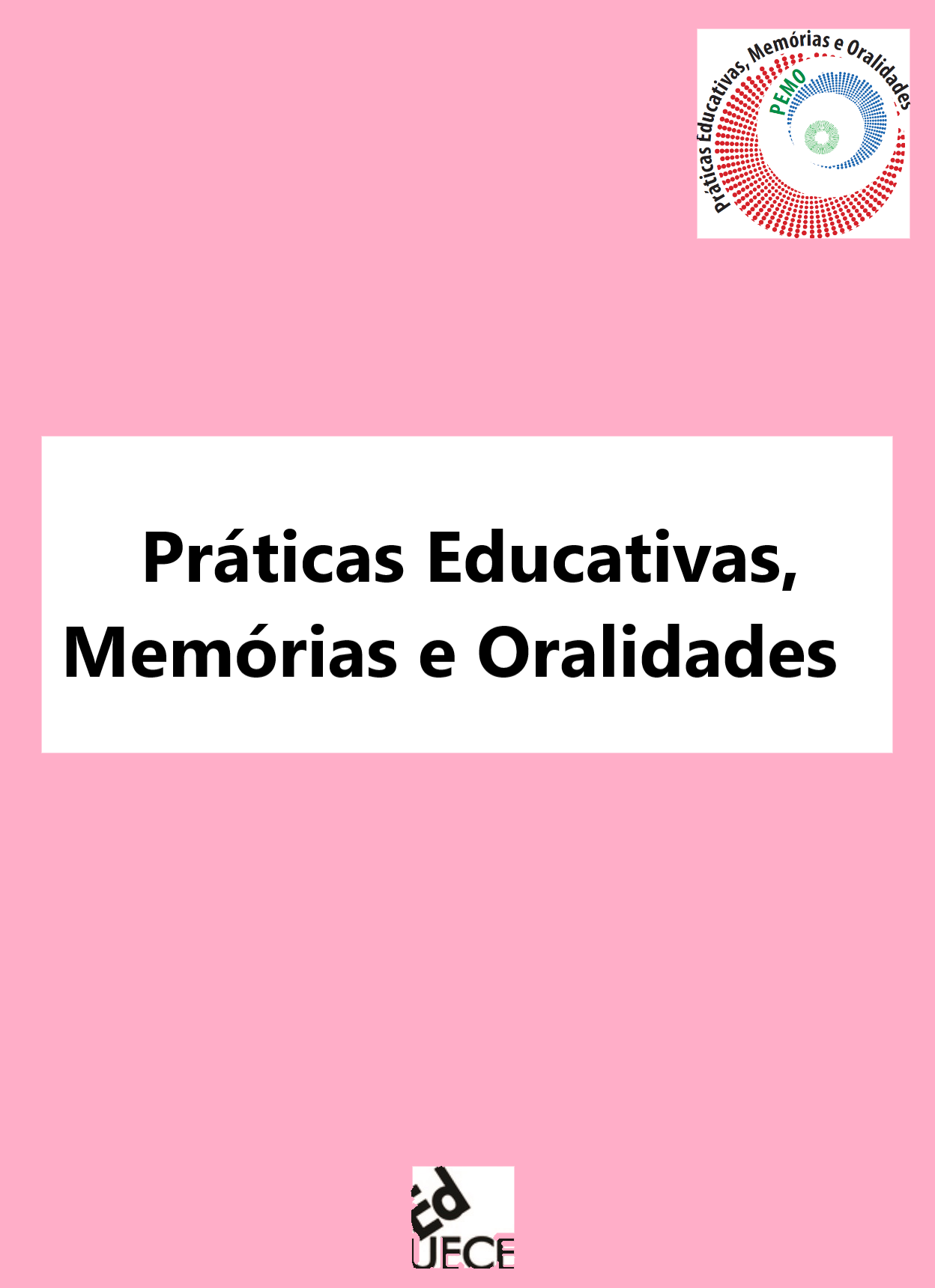Gender, intersectionality and history teaching
DOI:
https://doi.org/10.47149/pemo.v4.e49167Keywords:
National Common Curriculum Base (BNCC), History teaching, IntersectionalityAbstract
This text investigated the reverberations of the National Curricular Common Base (BNCC) in the National Didactic Book Plan (PLND) for the teaching of history. It was investigated about the impacts of the curricular reformulation for subjects related to gender studies, ethnic-racial relations and indigenous population. For this, the studies of intersectionality, Crenshaw (2009), curriculum, by Sacristán (2013), Gabriel (2019), Monteiro & Penna (2011), and historical awareness by Jörn Rüsen (2011) were used as theoretical and methodological references. In view of the relevance of the issues mentioned, it was noticed that, from the BNCC, there was a fragmentation of the contents, especially of the themes that approach the studies of gender, ethnic-racial relations and indigenous population.
Downloads
References
BRASIL. Base Nacional Comum Curricular (BNCC). Educação é a Base. Brasília, DF: MEC: CONSED: UNDIME, 2017.
BRASIL. Lei nº 12.796, de 4 de abril de 2013.
BRASIL. Lei nº 11.645, de 10 de março de 2008. Diário Oficial da União: seção 1, Brasília, p. 1, 11 mar. 2008. Disponível em: http://www2.camara.leg.br/legin/fed/lei/2008/lei-11645-10-marco-2008-572787-publicacaooriginal-96087-pl.html. Acesso em 10 de julho de 2022.
BRASIL. Parâmetros curriculares nacionais: história, geografia/ Secretaria de Educação Fundamental. – Brasília: MEC/SEF, 1997.
CERRI, Luis Fernando; Maria Paula. O banho, a água, a bacia e a criança: história e historiadores na defenestração da primeira versão da Base Nacional Curricular Comum de História para o Ensino Fundamental. Educar em Revista, Curitiba, v. 37, e77155, 2021. Disponível em: https://revistas.ufpr.br/educar/article/view/77155. Acesso em 10 de julho de 2022. DOI: https://doi.org/10.1590/0104-4060.77155
COLLINS, Patricia Hill, Bilge, Sirma. Interseccionalidade. São Paulo: Boitempo, 2020.
CRENSHAW, Kimberlé. A intersecionalidade na discriminação de raça e gênero. VV. AA. Cruzamento: raça e gênero. Brasília: Unifem, 2004.
DAVIS, Angela. Mulheres, raça e classe. São Paulo: Boitempo, 2016.
GABRIEL, C. T. Currículo de História. In: FERREIRA, M. M; OLIVEIRA, M. M. D. (org.). Dicionário de Ensino de História. Rio de Janeiro: FGV, 2019. v. 1, p. 72-78.
HOOKS, Bell. O feminismo é para todo mundo: políticas arrebatadoras. 1. ed. Rio de Janeiro: Rosa dos Tempos, 2018. E-book.
MONTEIRO, Ana Maria Ferreira da Costa; PENNA, Fernando de Araújo. Ensino de História: saberes em lugar de fronteira. Educação e Realidade, Porto Alegre, v. 36, n. 1, p. 191-211, jan./abr. 2011. Disponível em: https://seer.ufrgs.br/educacaoerealidade/article/view/15080. Acesso em 13 de jul. de 2022.
OLIVEIRA, Sandra Regina Ferreira de; CAIMI, Flávia Eloisa. Vitória da tradição ou resistência da inovação: o ensino de história entre a BNCC, o PNLD e a escola. Educar em Revista, Curitiba, v. 37, e77041, 2021. Disponível em: https://revistas.ufpr.br/educar/article/view/77041. Acesso em 10 de maio de 2022. DOI: https://doi.org/10.1590/0104-4060.77041
RÜSEN, Jörn. Aprendizado histórico. In: SCHMIDT, M. A.; BARCA, I.; MARTINS, E. R. (org.). Jörn Rüsen e o ensino de história. Curitiba: Ed. UFPR, 2011. P. 41-49.
SACRISTÁN, J. G. O que significa o currículo? In: SACRISTÁN, J. G. (org.). Saberes e incertezas sobre o currículo. Porto Alegre: Penso, 2013. p.16-35.
Published
How to Cite
Issue
Section
License
Copyright (c) 2022 Elenice de Paula, Jorge Luiz Zaluski

This work is licensed under a Creative Commons Attribution 4.0 International License.













